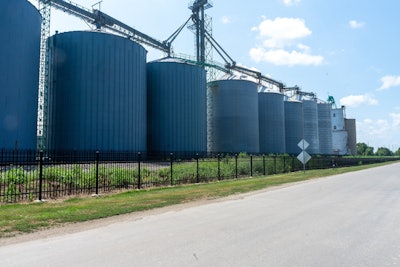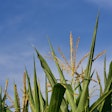
Ukraine has insufficient storage capacity even for its reduced 2022 grain harvest, the United Nations' World Food Programme said on Tuesday, with the country struggling to export existing stocks during the invasion by Russia.
According to Reuters, Jakob Kern, the World Food Programme's emergency coordinator in Ukraine, cited estimates that 20% of planted areas in Ukraine will not be harvested in July and that the spring planting area will be about a third smaller than usual.
A big challenge this year is the exporting of existing grain stocks to provide storage capacity for the 2022 harvest and generate cash to buy seeds and fertilizers for the next planting season, Kern told a Geneva news briefing via video link from Ukraine.
If Ukraine cannot export its current stocks, farmers may not be able afford harvesting costs or plant the next year's crop, creating a multi-year ripple effect worldwide.
The lack of Ukrainian grain on world markets has been pushing up food prices around the world.
In the near-term, CoBank sees India, Europe, and Australia filling some of the expected shortfall in Ukraine’s wheat exports to the Middle East and North Africa, while the U.S., Brazil and Argentina should be able to pick up the majority of the corn export slack.
High fertilizer prices, crop chemical shortages and ongoing supply chain problems will contribute to market volatility.
"The current and expected volatility in grain trading has immediate financial implications for U.S. grain cooperatives and multi-national grain traders," says Kenneth Scott Zuckerberg, lead economist, Grain and Farm Supply, with CoBank.
"It will require higher capital levels and excess liquidity to fund the acquisition and storage of grain and cover increased hedging costs."



















